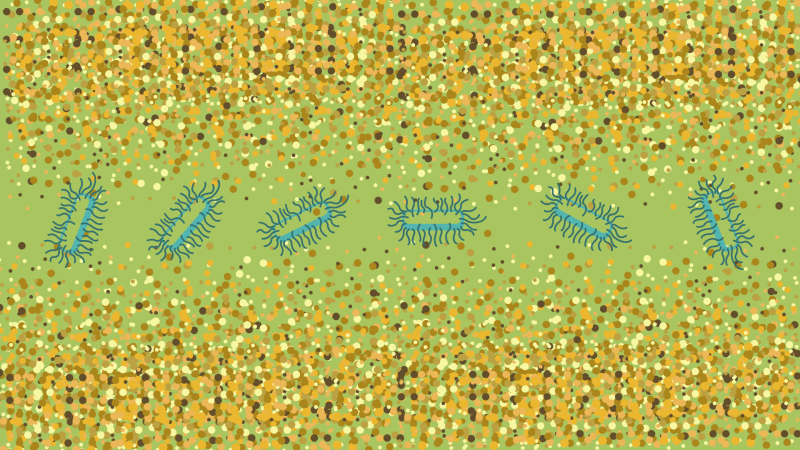
India is the largest consumer of antibiotics in the world today, thanks to we popping pills to fight every single infection—be it bacterial or not! The ugly side of this reckless use of antibiotics is the increase in drug-resistant strains of bacteria that have learnt to outlive the effects of these drugs. What if we could detect the presence of bacteria early enough to treat them with drugs that actually work? In a new study, scientists from the Indian Institute of Technology Delhi (IIT Delhi) have developed a platform to detect bacterial growth using fluorescent carbon nanoparticles. This method, the researchers say, is very accurate and can quickly identify bacterial growth compared to existing ones.
Detecting bacterial growth is a common need in not just healthcare but a wide range of applications.
“Rapid bacterial growth sensing solves many problems in healthcare, food industry and the environment”, says Prof. Neetu Singh from IIT Delhi, who led the study. “For clinical diagnosis and treatment, rapid identification of bacteria can be critical. In the case of bacterial infections, a ‘point-of-care’ diagnosis, where test results are provided while you wait, would allow immediate commencement of antibiotic therapy and prevent the spread of the disease”, she explains.
The study, published in the journal Chemical Communications, and supported by the Department of Biotechnology, tested the use of tiny, fluorescent nanoparticles to detect bacterial growth. “Carbon dots are one of the members of carbon-based nanomaterials with size ranging from 2–10 nanometres”, says Prof. Singh. When bacteria respire, they produce acids. The acids reduce the pH and oxidise the carbon dots, causing changes on the structure of the particles. As a result, they emit a brighter fluorescent glow.
The researchers placed a few Escherichia coli (E. coli) bacteria and the fluorescent nanoparticles in a small gel microspheres that holds them together. Once the bacteria started to divide the carbon dots began to glow brighter. This change could be observed under a microscope, thus helping in the detection of bacteria in a sample. The change in intensity of fluorescence also helps in identifying whether the bacteria in the sample is resistant to antibiotics or not. Antibiotic-resistant bacteria caused brighter fluorescent emissions as they are growing while the non-resistant ones are still in lag phase and shows weaker fluorescence.
Existing methods to detect bacteria take about 10 to 48 hours to produce conclusive results and require large quantities of samples to detect bacterial presence accurately. The proposed method can identify bacterial growth much faster. “Our approach allows us to determine bacterial growth within 4 to 6 hours, which is currently unachievable with any other methods used clinically”, remarks Prof. Singh. The device can also detect bacteria that are resistant to common antibiotics.
The researchers have developed a prototype using their approach that has the carbon dots and the gel microspheres, to which bacteria can be added. It is currently in its preliminary stage and has been developed to assess the growth of bacteria and to test their susceptibility to antibiotics.
“It can be adopted after testing the specificity against different microorganisms before utilising it for clinical sample testing”, says Prof. Singh on plans for the future.
Innovations such as these can help in detecting and preventing the rapid spread of drug-resistant infections that kill thousands.






